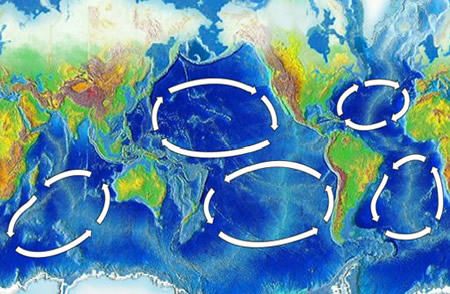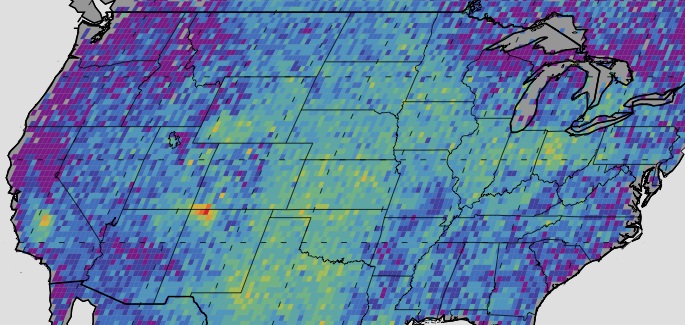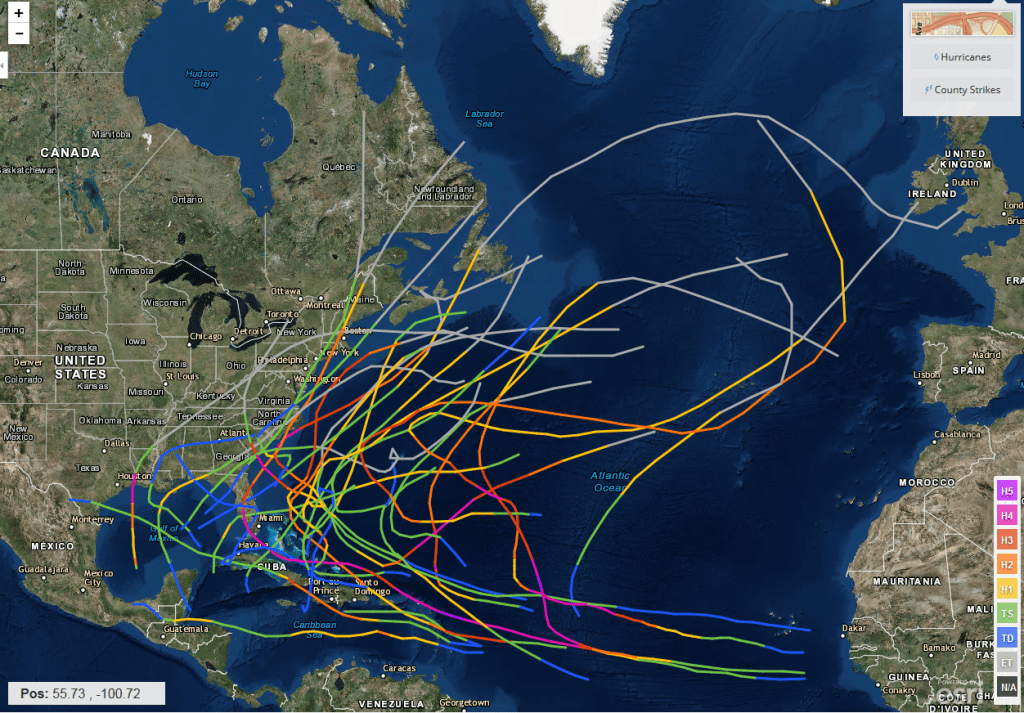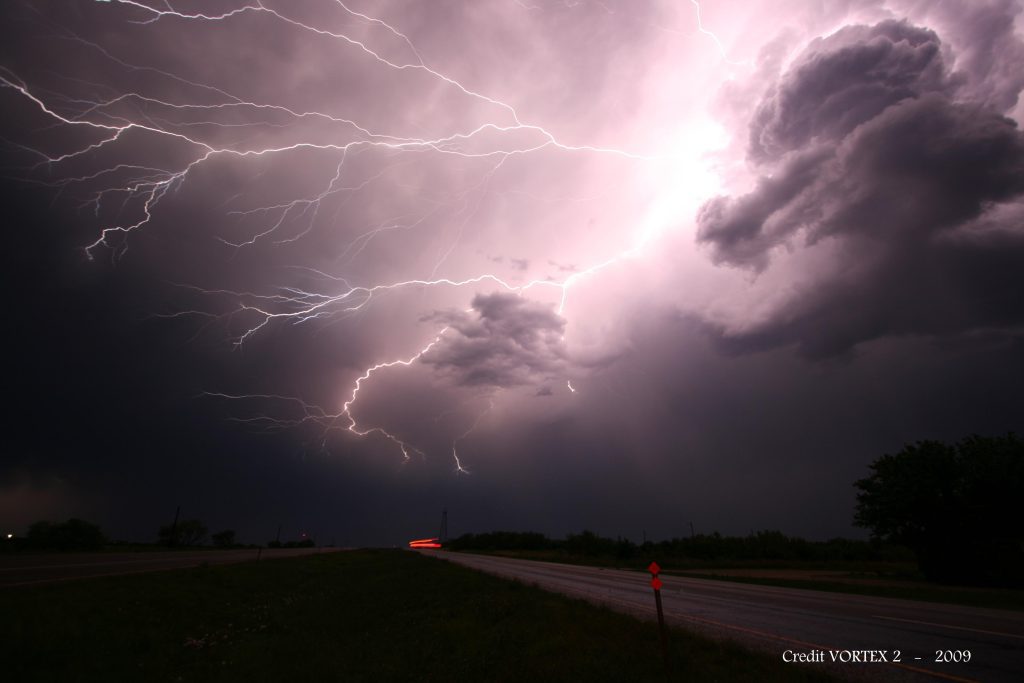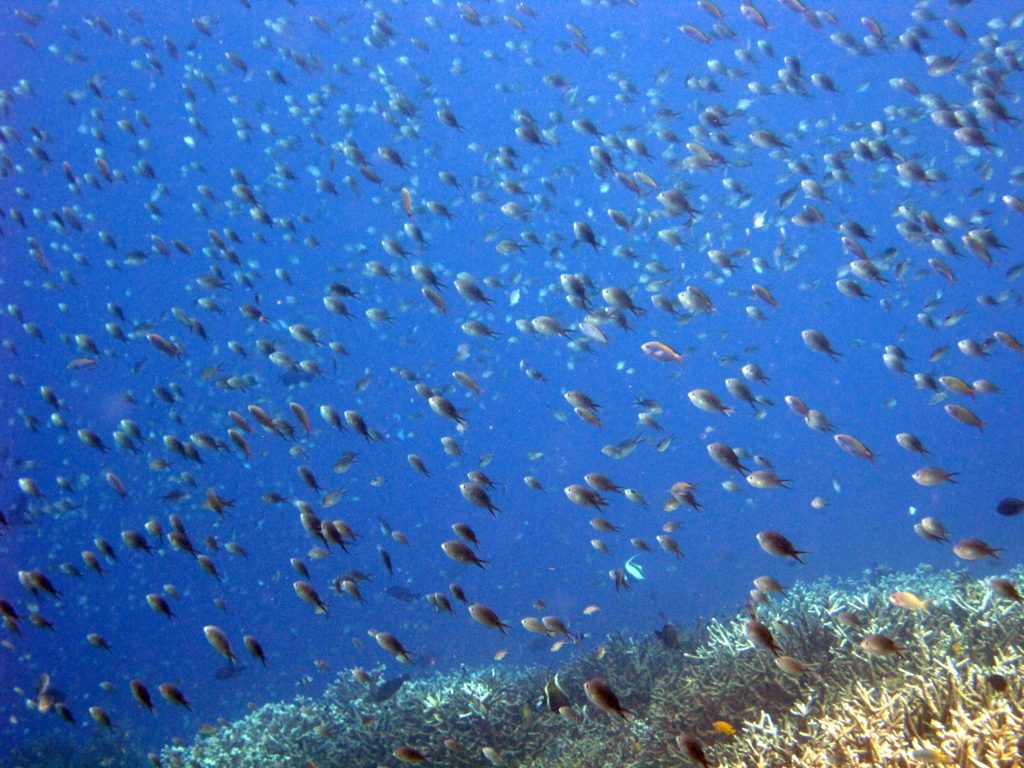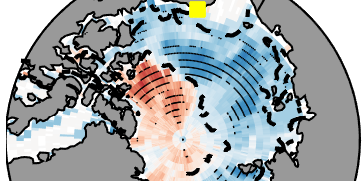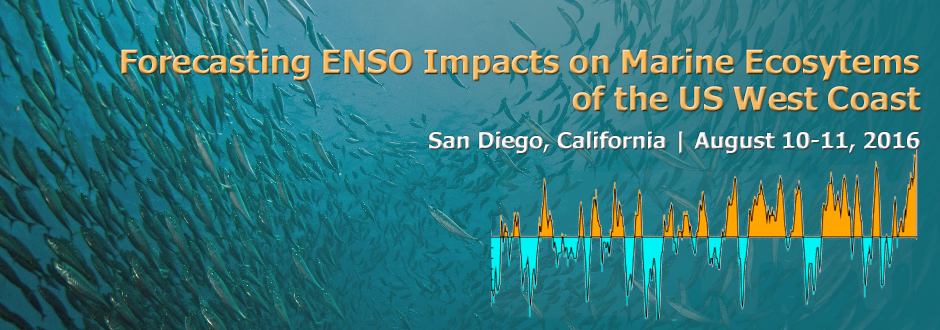The Science Plan for the Tropical Pacific Observing System (TPOS) Equatorial Pacific Experiment (TEPEX) provides a roadmap for a future field campaign.
Search
Sort
Filter
Categories
More News
CPO-funded research analyzing the implications of ocean mesoscale eddies and the atmosphere for western boundary currents was published in Nature….
NOAA Research recently organized two workshops to promote coordination and communication of activities within NOAA Research, as well as with the National Weather Service….
The National Academies recently began a new study, largely sponsored by CPO’s Atmospheric Chemistry, Carbon Cycle, and Climate (AC4) program, to improve tracking of human-caused…
A recently published study by the CPO’s Atmospheric Chemistry, Carbon Cycle, and Climate (AC4) program details research that used in situ measurements to quantify methane…
The official 1956 to 1960 hurricane season revisions—primarily from the master’s thesis research of Mr. Sandy Delgado—are now available in the HURDAT2 file on the…
A new study published in Environmental Research Letters shows that scientists could use the Gulf of Mexico’s sea surface temperature (SST) to forecast whether atmospheric…
In this webinar, we will present on the OAR Climate Program Office, Modeling, Analysis, Predictions and Projections (MAPP) program and its FY 2017 funding opportunities,…
CPO’s Modeling, Analysis, Predictions, and Projections program will co-sponsor the Forecasting ENSO Impacts on Marine Ecosystems of the US West Coast workshop on August 10…
A study funded by the CPO’s Climate Observation Division confirms previous research suggesting spring clouds may be influencing arctic sea ice concentrations in the fall….
The Modeling, Analysis, Predictions, and Projections and Climate Variability and Predictability programs will co-sponsor the Forecasting ENSO Impacts on Marine Ecosystems of the…



